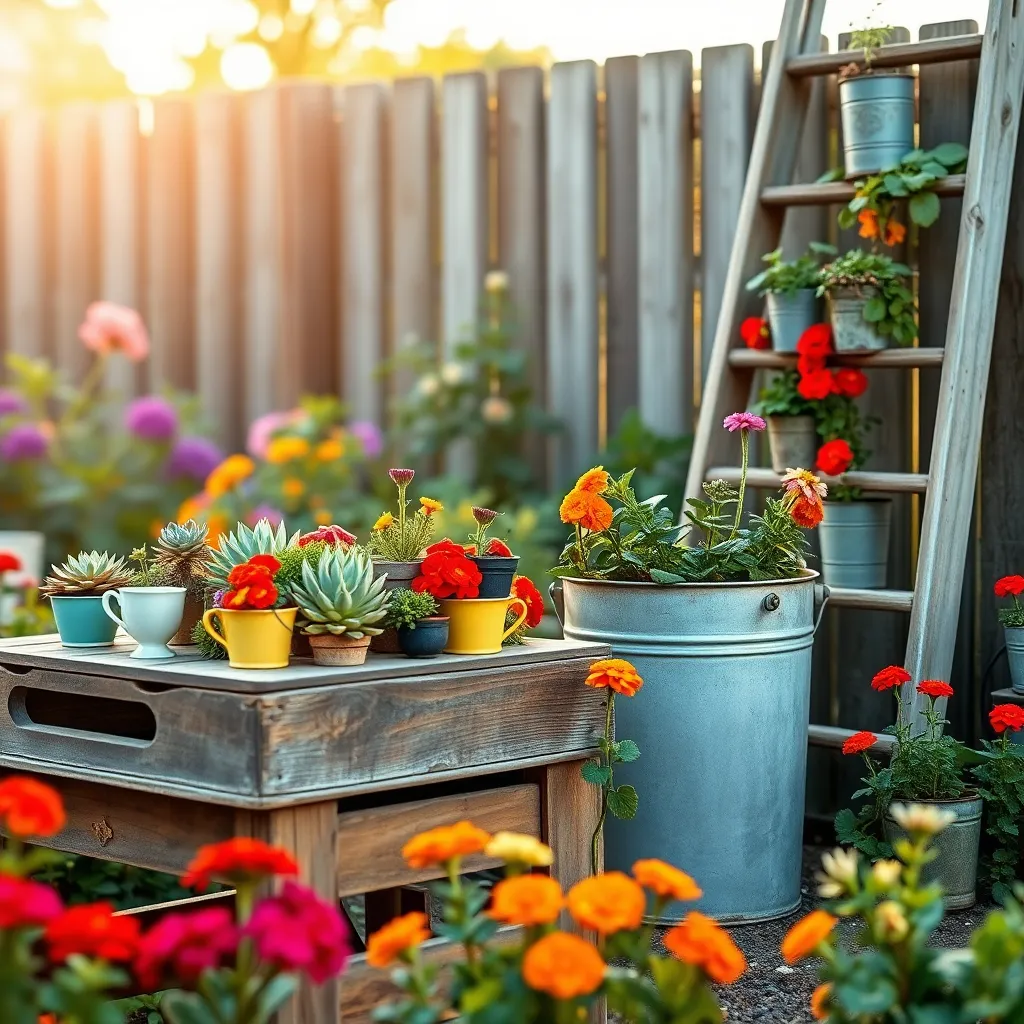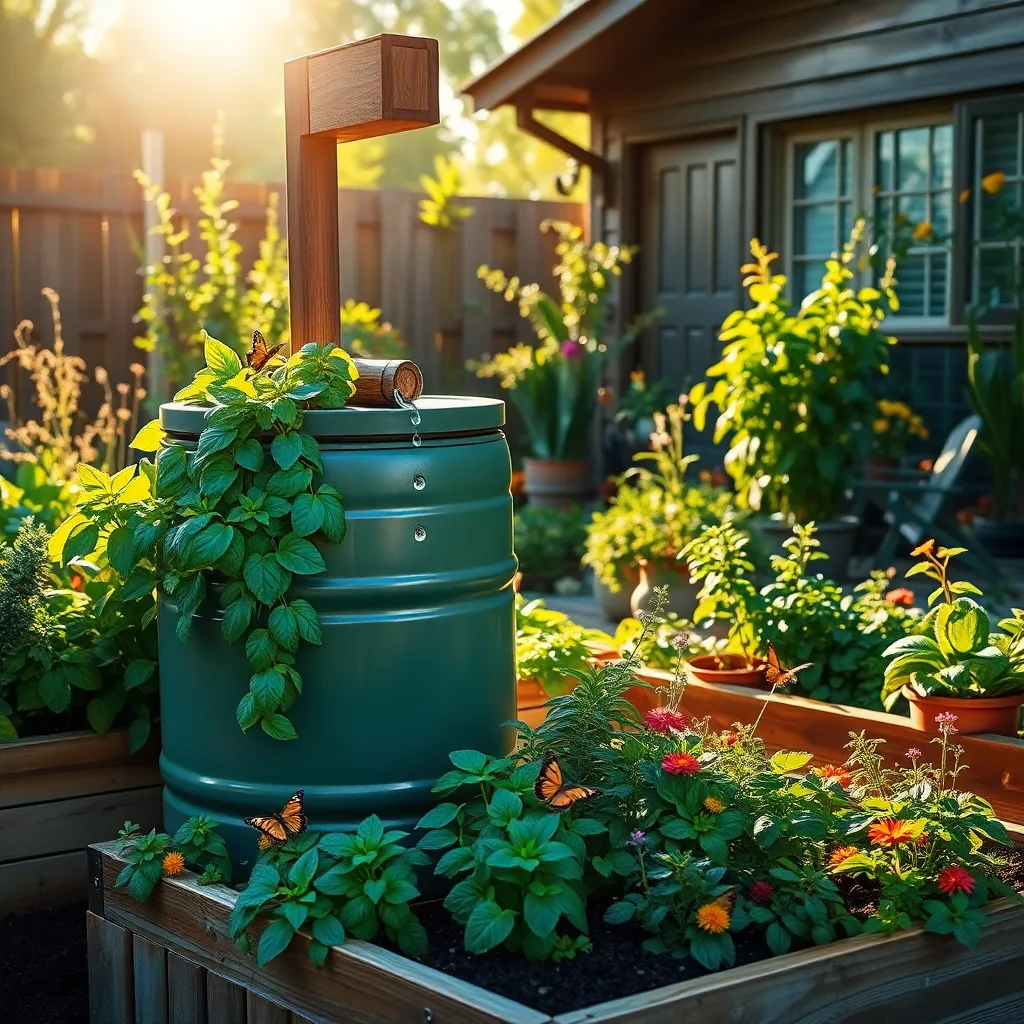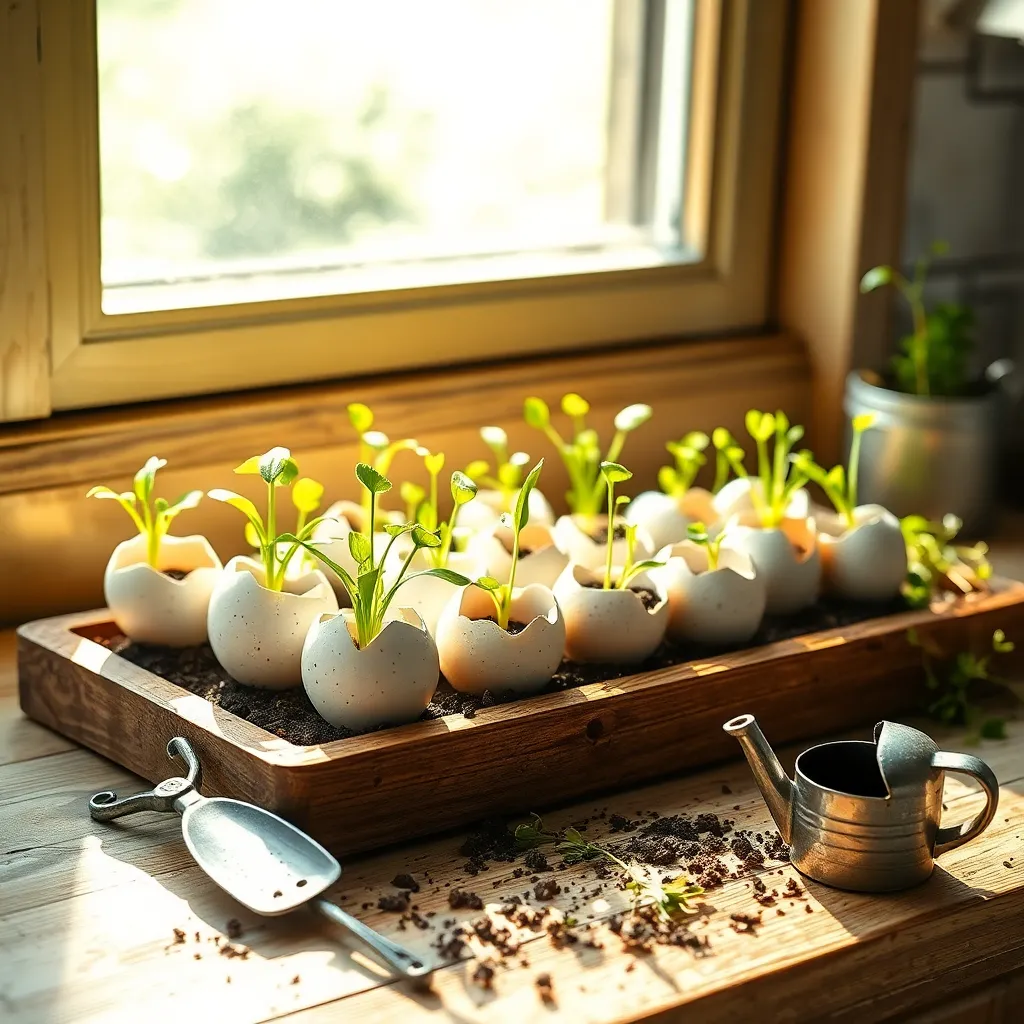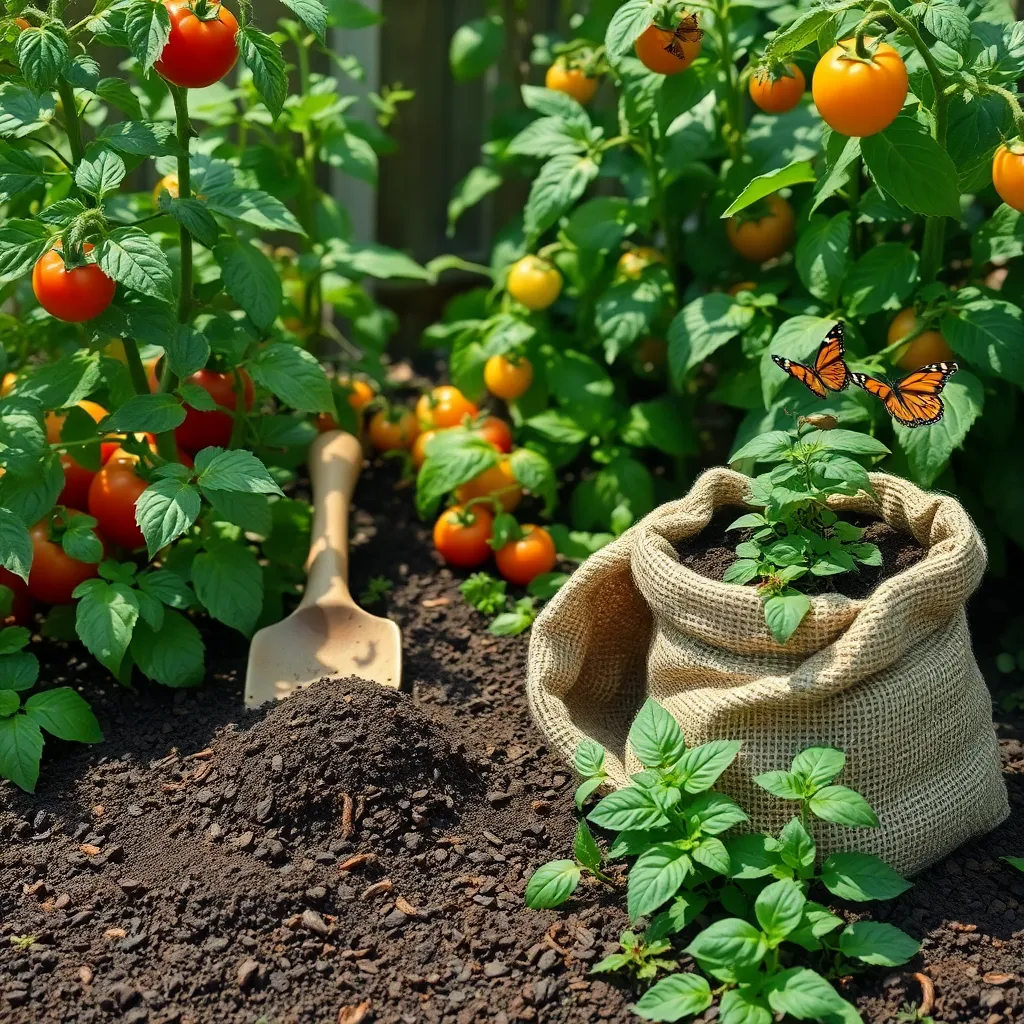Gardening is a delightful journey where every seed holds the promise of beauty and bounty, but it doesn’t have to break the bank. Whether you’re planting your first pot of herbs on a windowsill or cultivating a sprawling backyard oasis, there’s a wealth of budget-friendly tips that can enhance your gardening experience without straining your wallet. By integrating these smart, economical hacks into your routine, you’ll find that a flourishing garden is within reach for everyone, no matter their expertise or financial constraints.
For both novices and seasoned green thumbs, discovering cost-effective strategies can transform gardening from a costly pastime to an affordable passion. This article will guide you through innovative ways to reuse household items, make your own nutrient-rich compost, and even save money on seeds. With a mix of creativity and resourcefulness, you’ll learn that cultivating a thriving garden is as much about ingenuity as it is about effort, ensuring that your gardening endeavors are both fruitful and financially sustainable.
Repurpose Household Items as Planters

Consider using old containers such as teapots, colanders, or even broken crockery as unique planters. These items add character to your garden and are perfect for small plants like succulents or herbs.
Ensure that your chosen repurposed item has proper drainage to prevent waterlogged roots, which can harm your plants. If there are no drainage holes, simply drill a few at the bottom or add a layer of pebbles or stones before adding soil.
For beginners, starting with easy-to-grow plants like basil or mint in these planters can boost confidence and provide fresh herbs for cooking. Use a good-quality potting mix that retains moisture but drains well, as herbs prefer soil that is neither too dry nor too soggy.
Advanced gardeners might experiment with different plant combinations within a single container to create mini-ecosystems. Consider the light and water needs of each plant, ensuring they are compatible to thrive together in their new home.
Create Compost from Kitchen Scraps

Transforming kitchen scraps into compost is an excellent way to reduce waste and enrich your garden soil. Start by collecting fruit and vegetable peels, coffee grounds, and eggshells in a designated bin.
Ensure your compost pile has a good balance of “greens” and “browns.” Greens include fresh scraps like vegetable peels, while browns are dry items like dried leaves and shredded paper.
To speed up the decomposition process, chop larger scraps into smaller pieces before adding them to your compost. Regularly turn the compost pile to aerate it, which helps break down the materials more quickly.
For beginners, a simple outdoor bin or a designated corner of your yard works well. Those with limited space might consider an indoor composting solution, such as a worm bin, which uses red wigglers to efficiently break down scraps.
Harvest Rainwater for Irrigation

Harvesting rainwater is a simple yet effective way to make your garden more sustainable. By collecting rainwater, you can reduce your water bills and ensure your plants get the natural hydration they need.
To get started, set up a rain barrel under a downspout from your home’s gutter system. Make sure the barrel has a secure lid to prevent debris and pests from contaminating your water supply.
Once your rain barrel is in place, the water can be used for all your garden watering needs. Simply attach a hose or use a watering can to distribute the water evenly throughout your garden.
For those with larger gardens, consider connecting multiple barrels to increase your water storage capacity. This setup can be especially beneficial during dry spells, ensuring your plants remain healthy even when rainfall is scarce.
Advanced gardeners might invest in a drip irrigation system that can be connected directly to the rain barrel. This method provides slow, consistent watering that is ideal for deep-rooted plants and can significantly reduce water waste.
Start Seeds in Eggshells

Eggshells are a fantastic, eco-friendly option for starting seeds, offering a biodegradable pot that can be planted directly in the soil. Simply save your eggshells, rinse them out gently, and let them dry before use.
Once dry, fill each shell with a light potting mix that’s rich in nutrients to give your seedlings the best start. Use a spoon to gently press the soil down, ensuring it’s light and airy to encourage root growth.
Begin by planting small seeds such as basil, parsley, or tomatoes, which thrive in this cozy environment. Place the eggshells back in the carton for stability, and keep them in a sunny spot with good light to encourage germination.
Water the seeds carefully, using a spray bottle to keep the soil moist without over-saturating it. As your seedlings grow, ensure they have at least six hours of sunlight daily and watch for signs of overcrowding.
When it’s time to transplant, gently crack the eggshell to allow roots to expand into the garden soil, providing an extra calcium boost. This method not only recycles waste but also adds vital nutrients to your garden, making it a win-win for both your plants and the environment.
Use Coffee Grounds as Fertilizer

Repurposing coffee grounds as fertilizer is an excellent way to enrich your garden soil without spending a dime. Coffee grounds are rich in nitrogen, which is essential for plant growth, making them a great addition to your compost or directly to the soil.
To use coffee grounds, simply sprinkle a thin layer around the base of your plants. This helps improve soil structure, retain moisture, and even deter pests like slugs and snails due to their abrasive texture.
Beginners can start by mixing coffee grounds with other organic materials in a compost bin. Over time, these materials will break down, creating a nutrient-rich compost that can be used to boost plant health.
For more experienced gardeners, consider using coffee grounds as part of a mulch mix. Combine them with leaves or straw to create a balanced mulch that insulates plant roots and suppresses weeds while slowly releasing nutrients.
Conclusion: Growing Success with These Plants
In exploring ‘Budget-Friendly Garden Hacks You Need to Know,’ we’ve unearthed five key concepts that beautifully mirror the nurturing principles essential to thriving relationships. First, we discovered the importance of resourcefulness, showing that cultivating love doesn’t have to strain your resources. Second, we embraced creativity, reminding us that thinking outside the box can invigorate our connections. Third, patience emerged as a cornerstone, just as plants need time to grow, so do our relationships. Fourth, adaptability highlighted the necessity of adjusting to life’s changes together. Lastly, shared goals were emphasized, illustrating how working towards a common vision strengthens bonds.
Now, take a moment to discuss with your partner a small, shared project you can embark on together—be it gardening or another fulfilling pursuit. This simple step can fortify your connection and create cherished memories.
Remember to bookmark this article as a handy guide for nurturing both gardens and partnerships. By integrating these principles into your life, you’re setting a strong foundation for future relationship success. Your journey to a flourishing relationship begins today, and with each step, you’re cultivating a bond that promises to bloom beautifully through all seasons.

